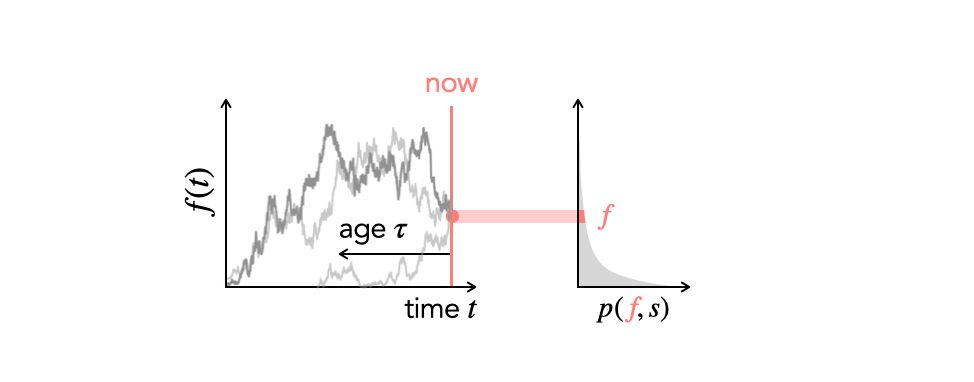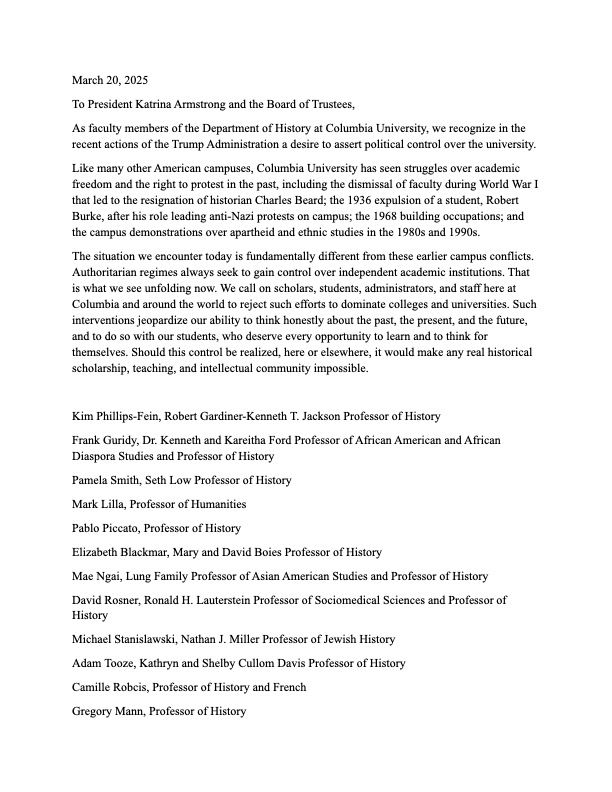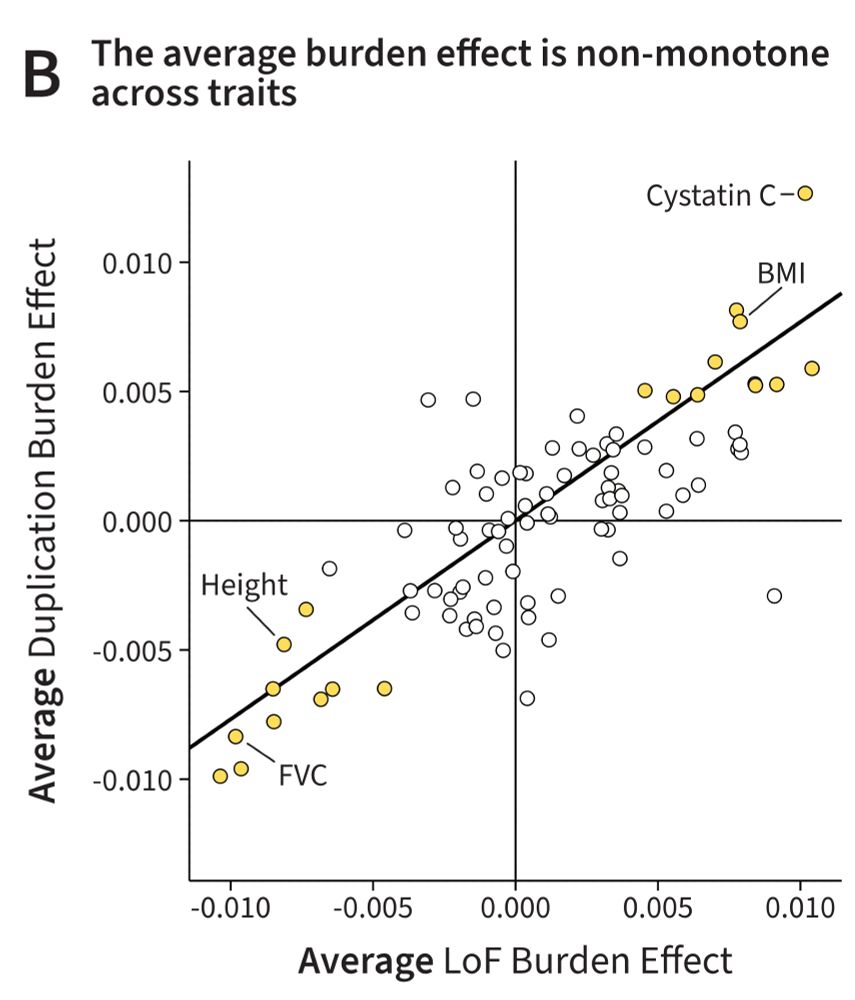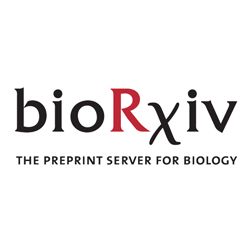Anastasia Lyulina
@alyulina.github.io
400 followers
210 following
12 posts
PhD student w/ Benjamin Good and Dmitri Petrov at Stanford University interested in evolutionary dynamics & somatic evolution
alyulina.github.io
Posts
Media
Videos
Starter Packs
Reposted by Anastasia Lyulina
Anastasia Lyulina
@alyulina.github.io
· Aug 6
Reposted by Anastasia Lyulina
Anastasia Lyulina
@alyulina.github.io
· Jun 20
Reposted by Anastasia Lyulina
Jeff Spence
@jeffspence.github.io
· Jun 2
Reposted by Anastasia Lyulina
Reposted by Anastasia Lyulina
Reposted by Anastasia Lyulina
Aylwyn Scally
@aylwyn-scally.bsky.social
· Feb 21
Assistant/Associate Professor in Computational Biology - Job Opportunities - University of Cambridge
Assistant/Associate Professor in Computational Biology in the Department of Applied Mathematics and Theoretical Physics at the University of Cambridge.
www.jobs.cam.ac.uk
Reposted by Anastasia Lyulina
Reposted by Anastasia Lyulina
Amy Goldberg
@amygoldberg.bsky.social
· Feb 16
Anastasia Lyulina
@alyulina.github.io
· Jan 22
Marianna Karageorgi
@mkarag.bsky.social
· Jan 22
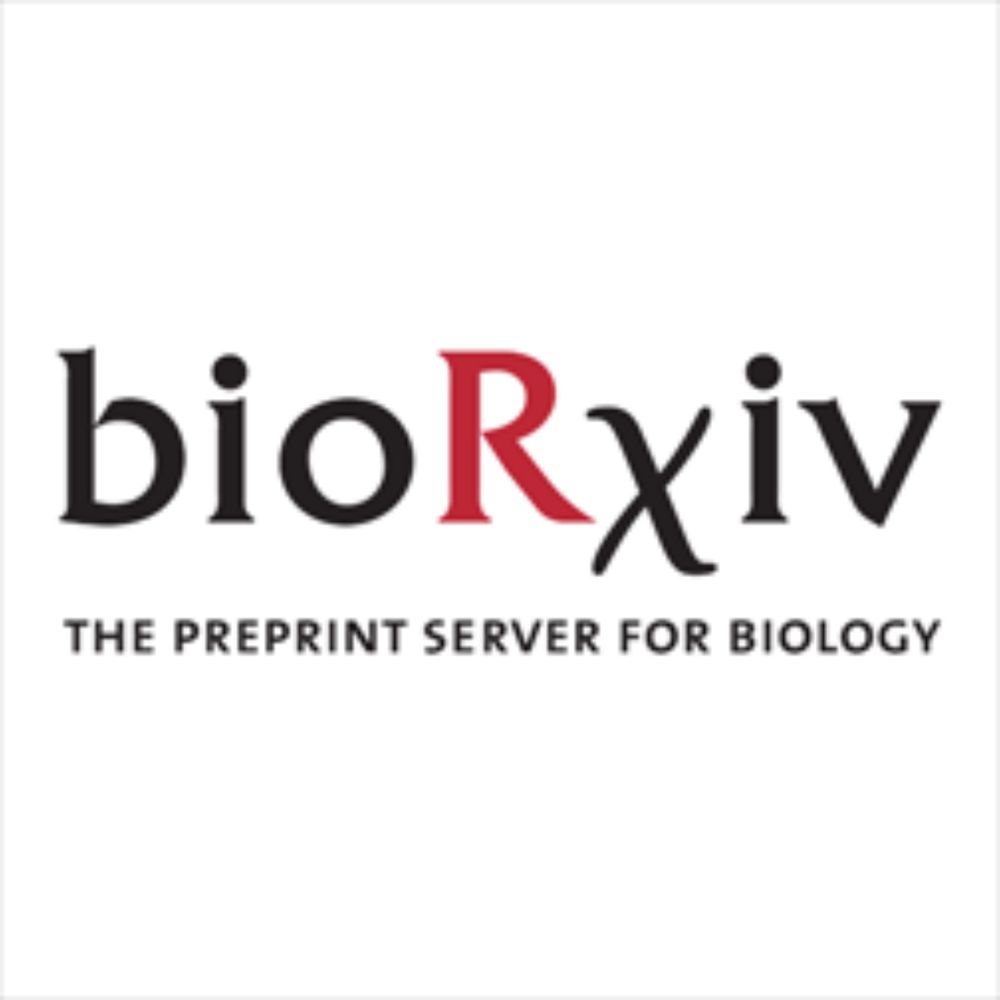
Dominance reversal maintains large-effect resistance polymorphism in temporally varying environments
A central challenge in evolutionary biology is to uncover mechanisms maintaining functional genetic variation1. Theory suggests that dominance reversal, whereby alleles subject to fluctuating selectio...
www.biorxiv.org
Reposted by Anastasia Lyulina
Michael Baym
@baym.lol
· Jan 17
Reposted by Anastasia Lyulina
Anastasia Lyulina
@alyulina.github.io
· Apr 19
Anastasia Lyulina
@alyulina.github.io
· Apr 19
Anastasia Lyulina
@alyulina.github.io
· Apr 19

